The next level in community-led engagement and accountability: integrating a participatory mixed-methods approach
The ‘Participation Revolution’ will not be achieved until participatory methods are used to centre communities’ voices, perspectives and expertise at every stage of humanitarian programming and response.
Participatory video (PV) is a method of involving a community in creating their own films to express their experiences and feed into programme planning, design and evaluation. Several CDAC members use PV techniques to deepen community engagement and achieve meaningful participation, particularly in refugee and internally displaced people (IDP) camps.
Fernanda Baumhardt (CDAC Expert Pool) and Soledad Muñiz (CDAC member InsightShare) share their participatory video experiences in this photo story.

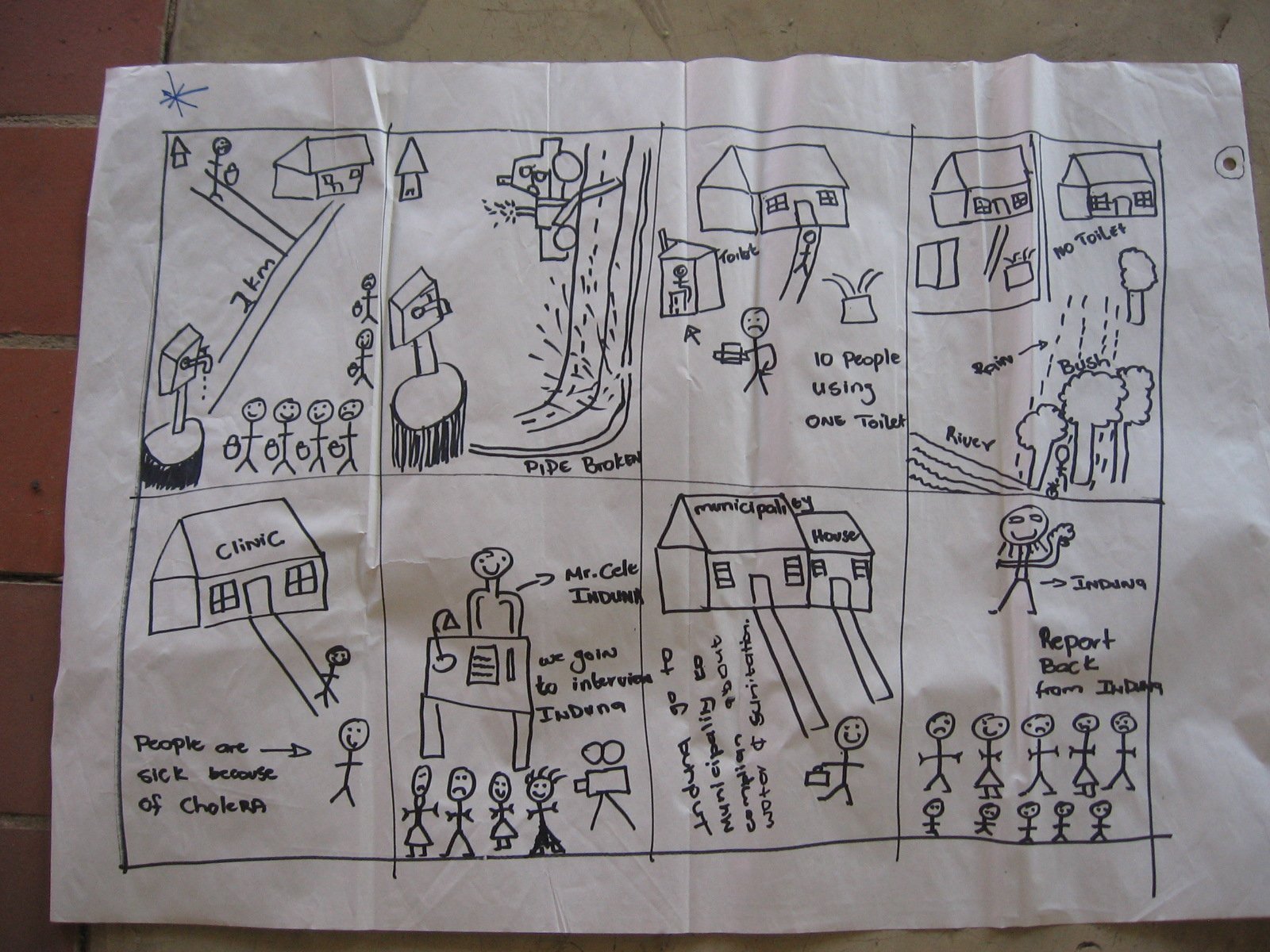

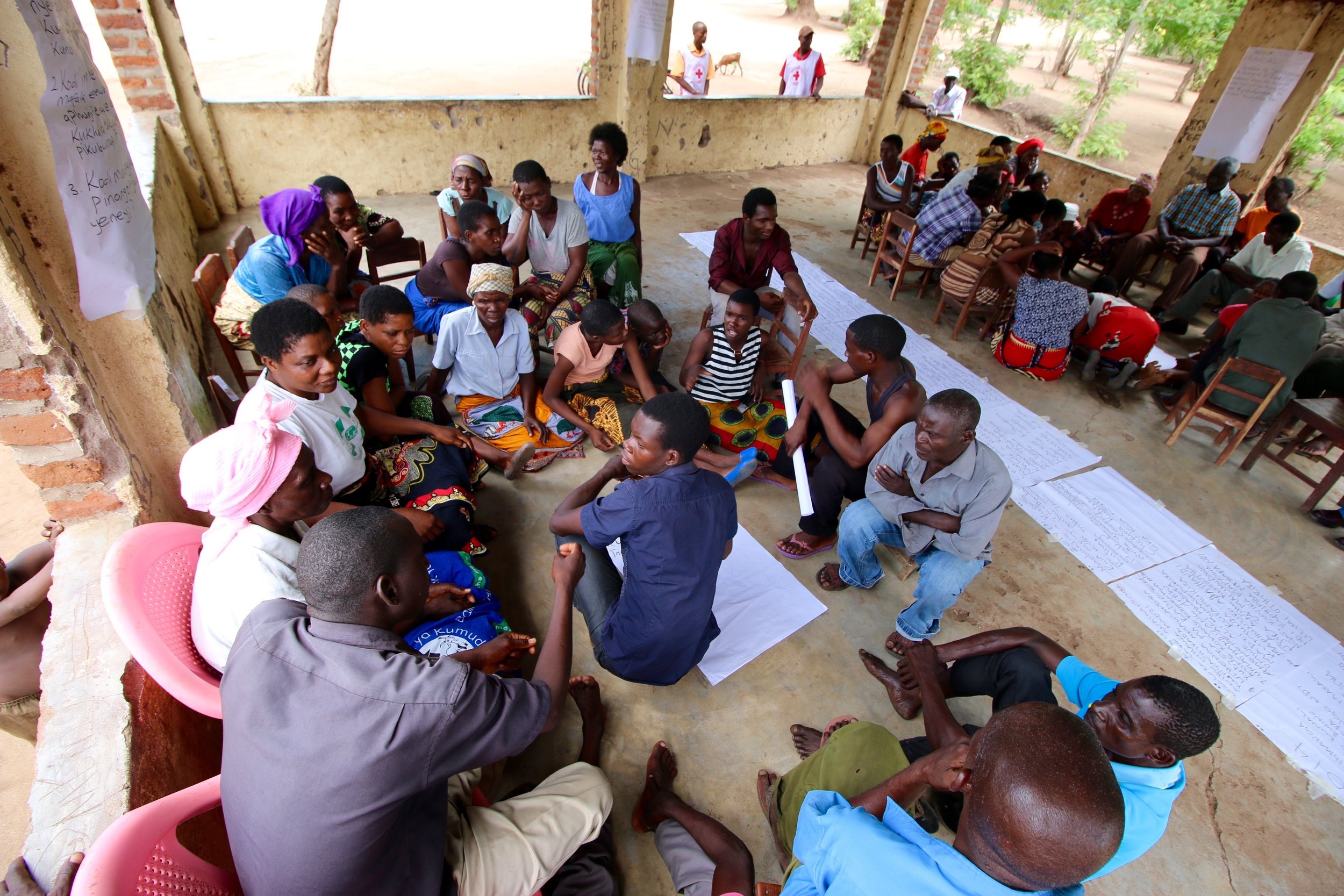
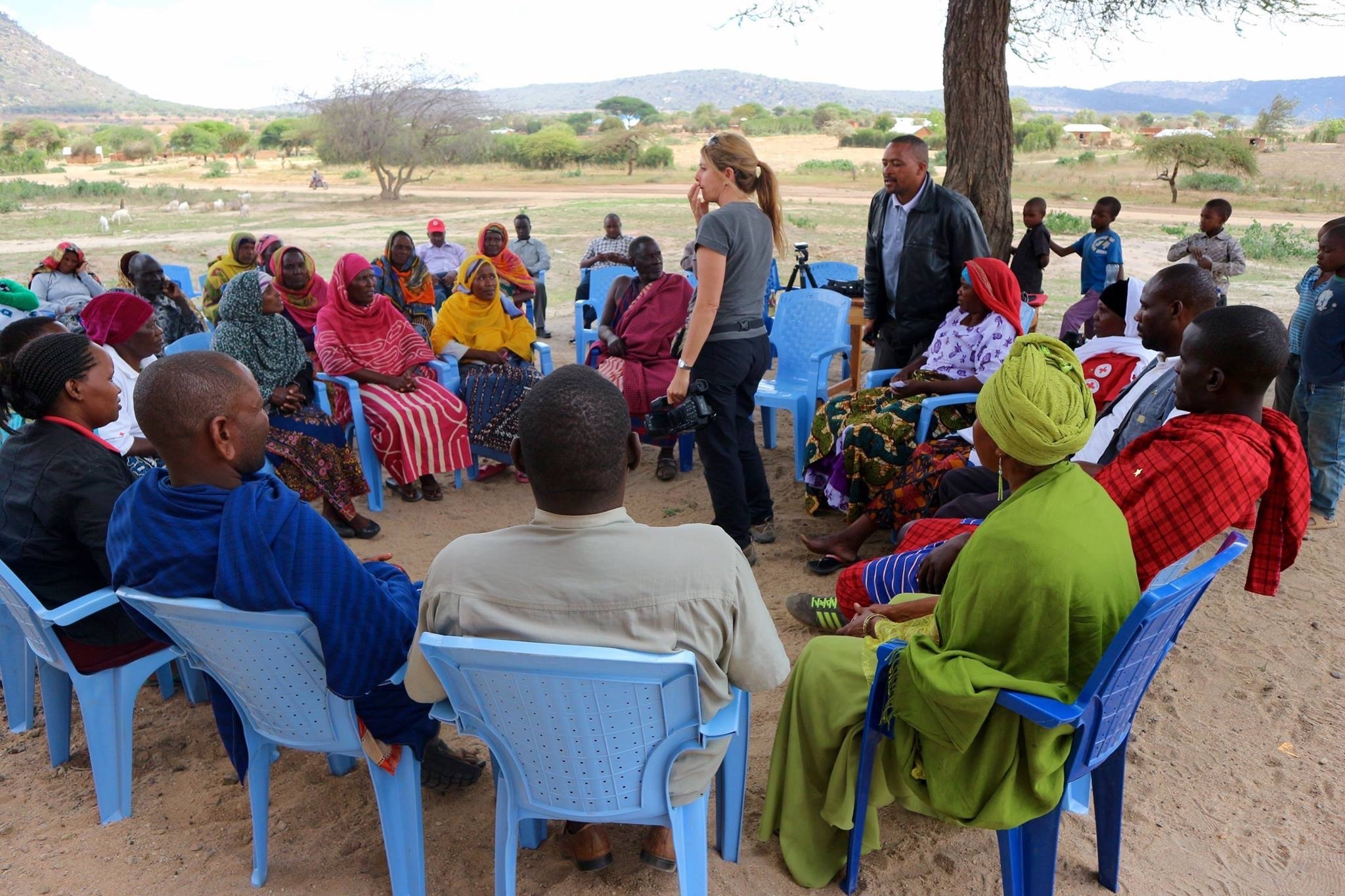
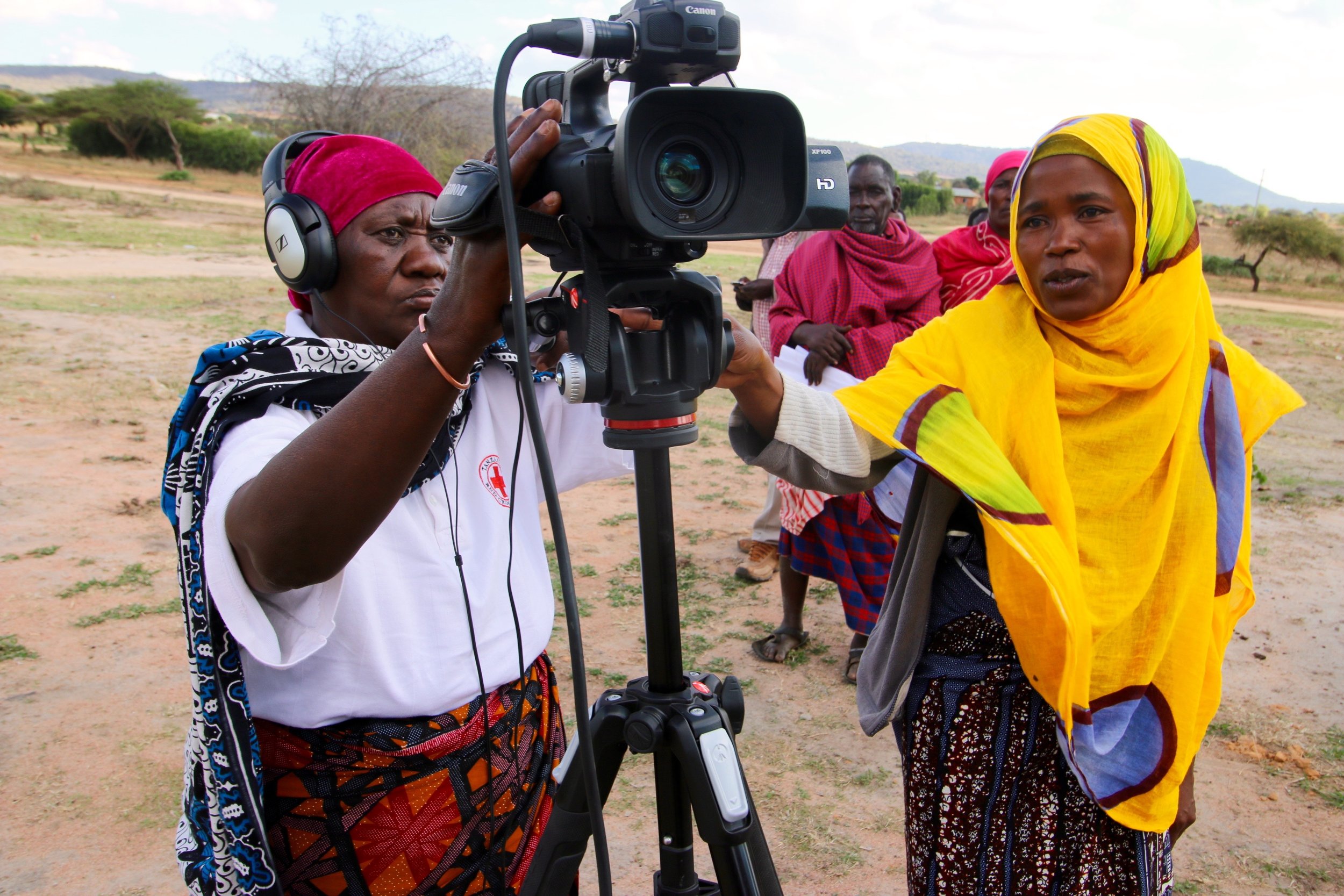
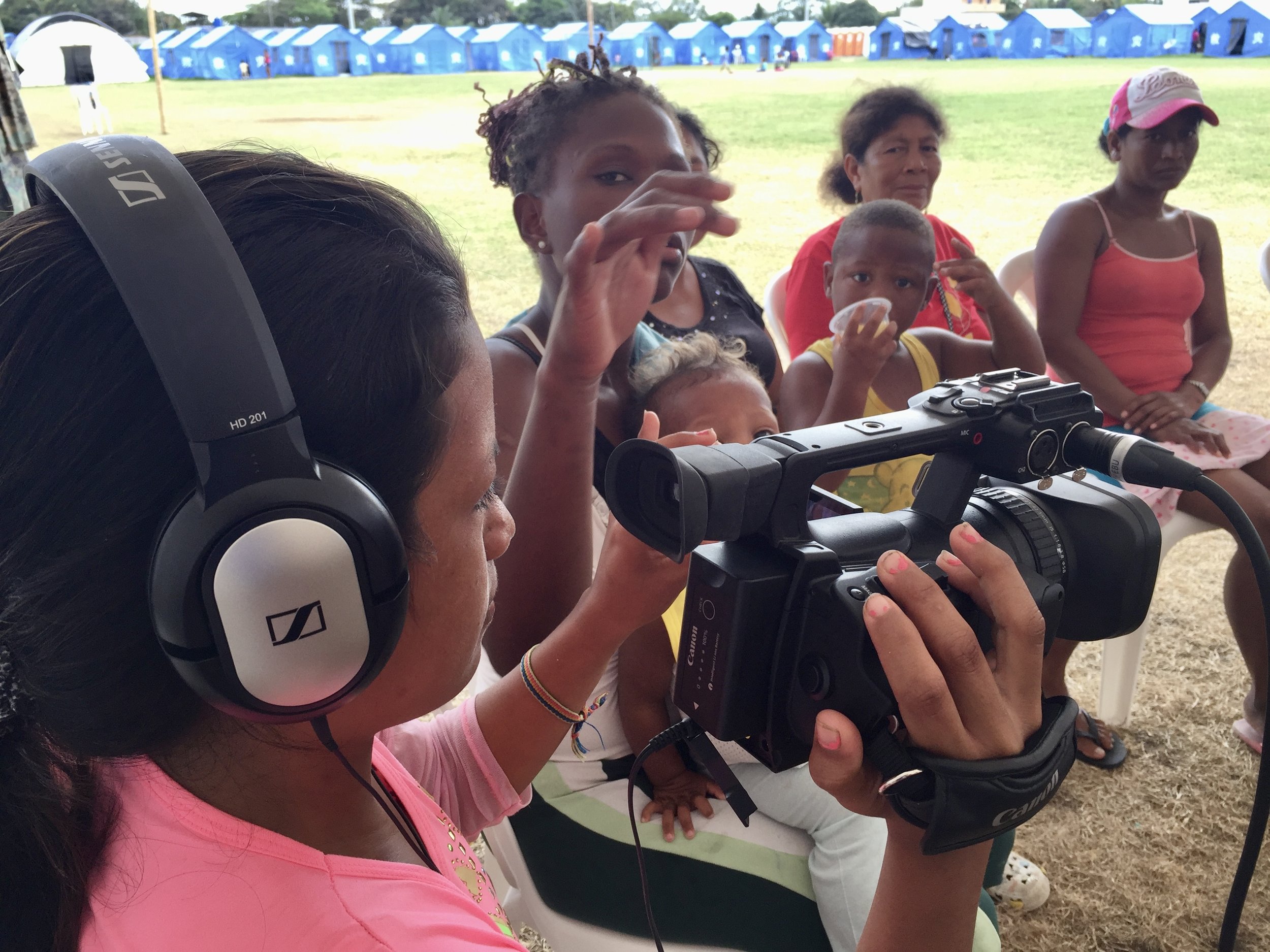
Community led, community defined
Participatory video enables affected communities to reflect, identify, direct and film their feedback, recommendations and stories in the way they perceive as the most relevant and appropriate to portray their viewpoints and realities.
Far more than simply making a film product, this is a process that stimulates community engagement, collaborative problem-solving and ownership.
Participatory training methods must be designed to facilitate a peer-to-peer learning journey. It is not about ‘behaviour change’ but more profound social changes.
“The process of communication with communities and by the communities is far more important than the products. It is a communication and participation process that activates social change” (A. Gumucio, The New Communicator, 2001).
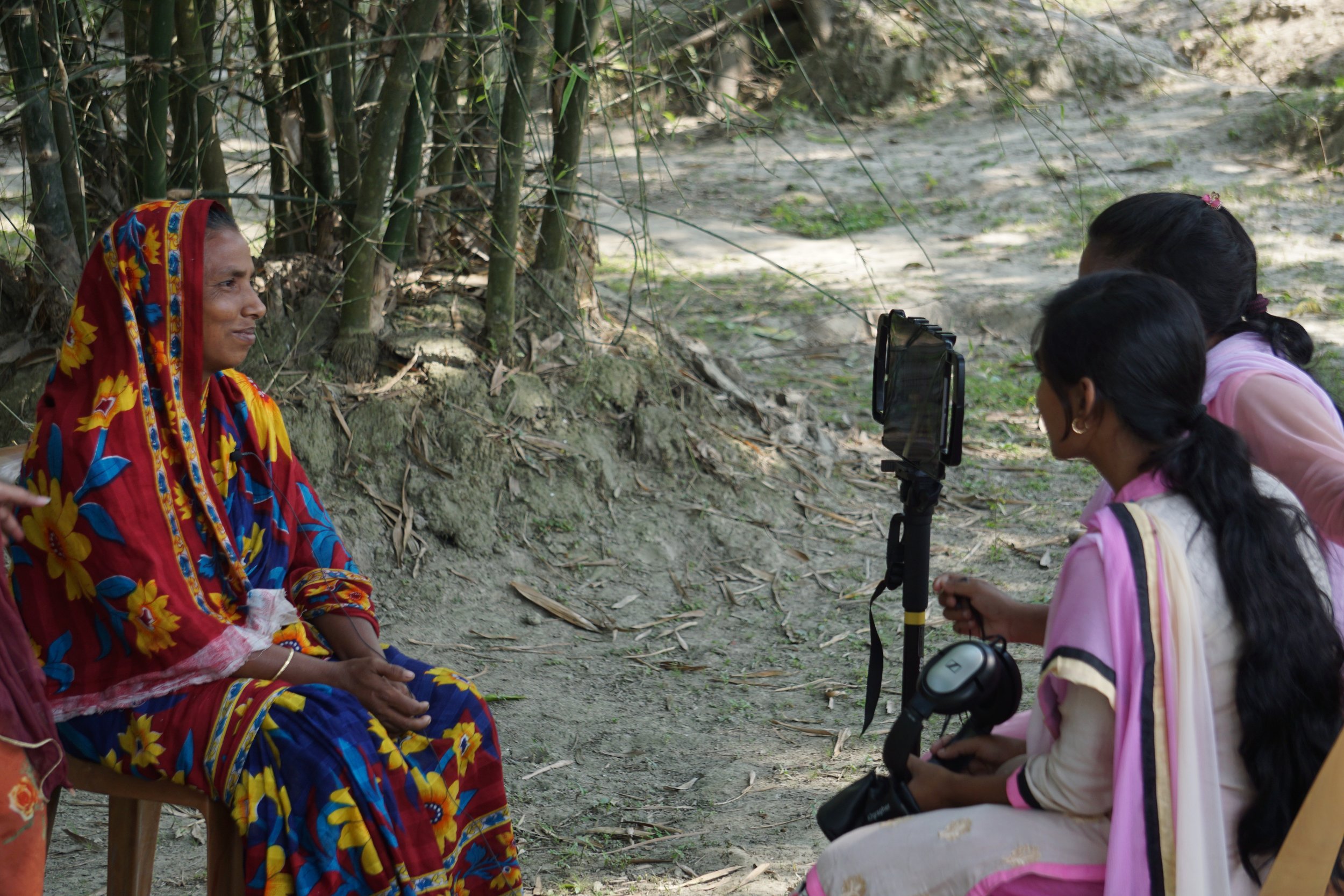
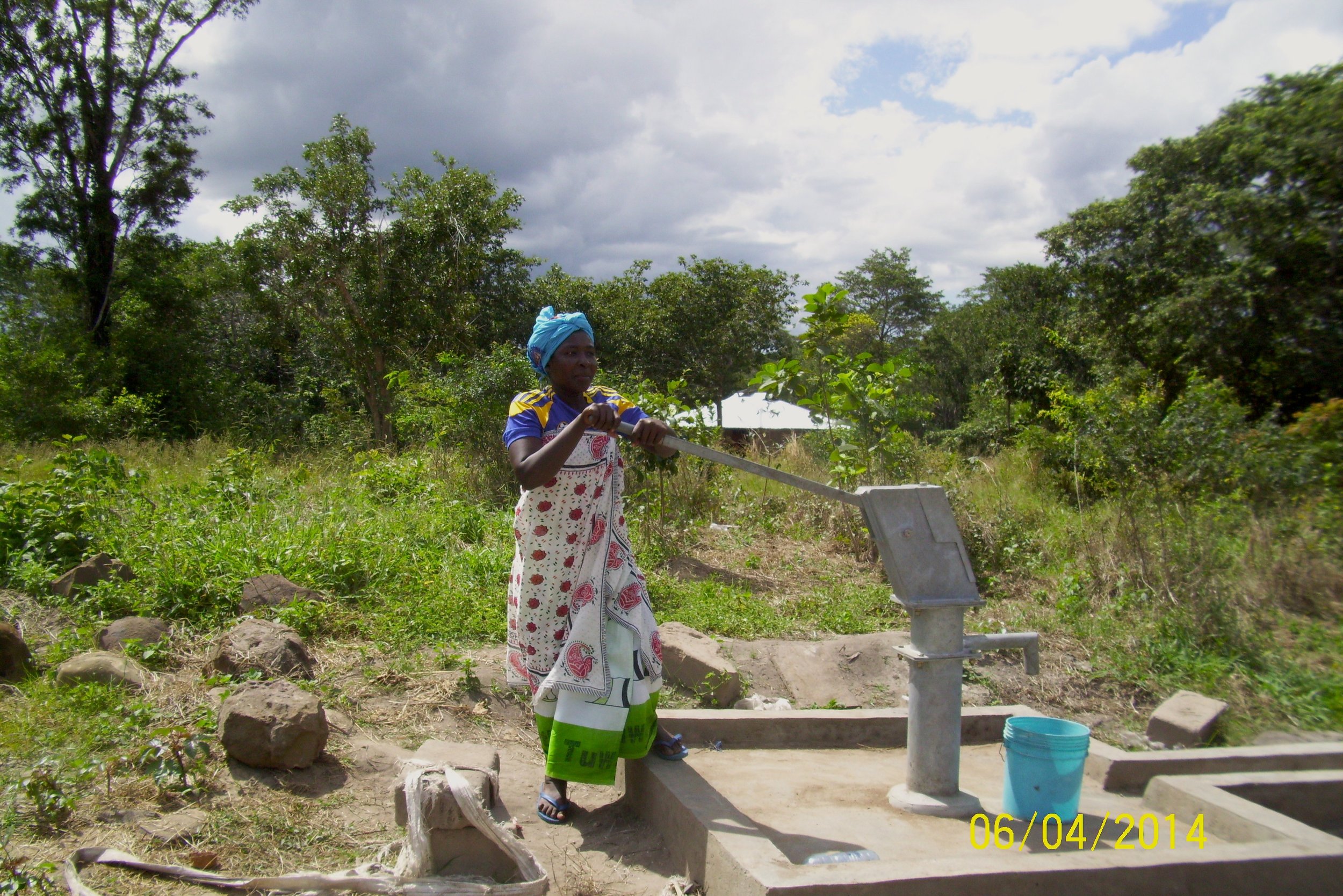

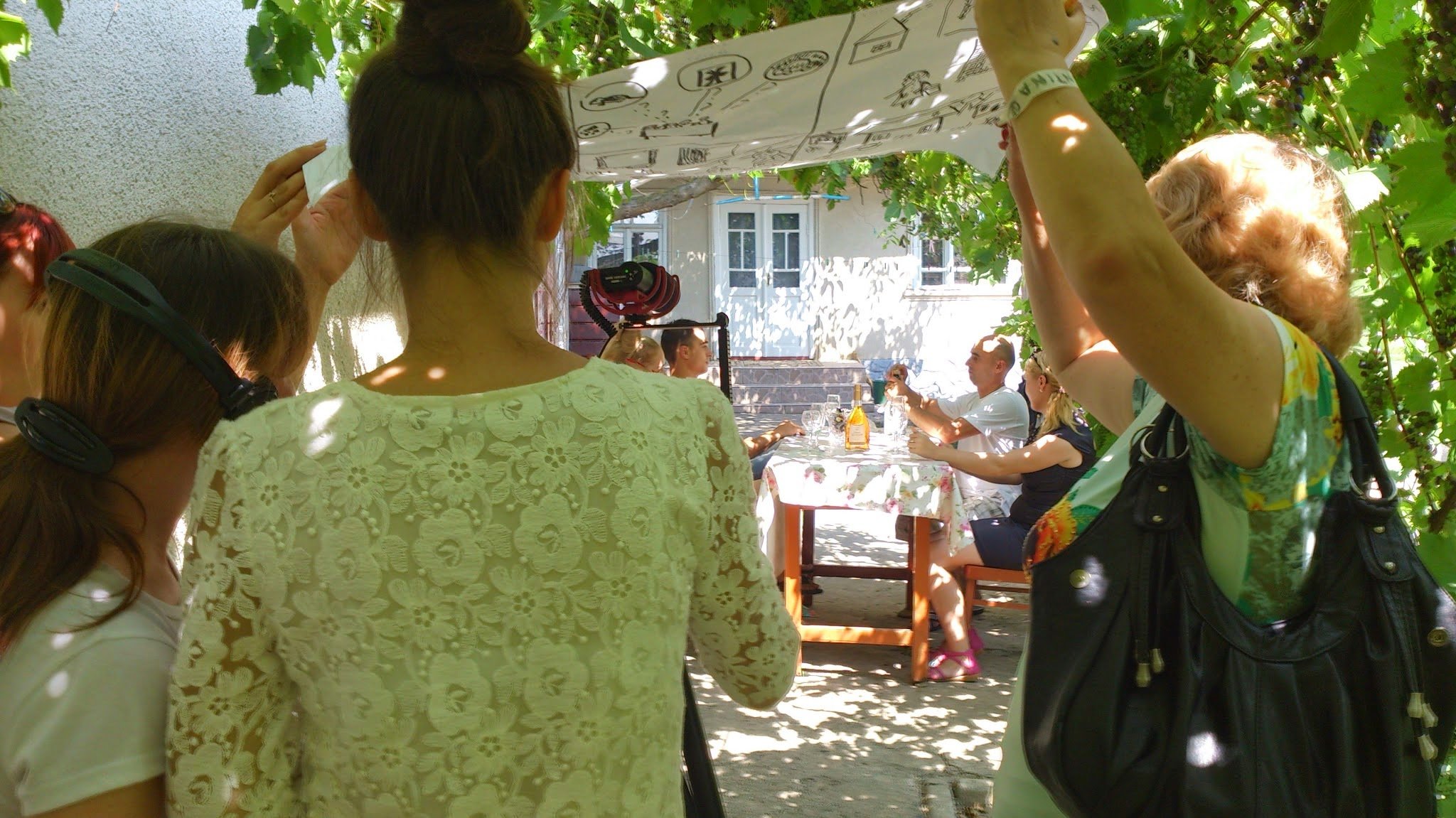
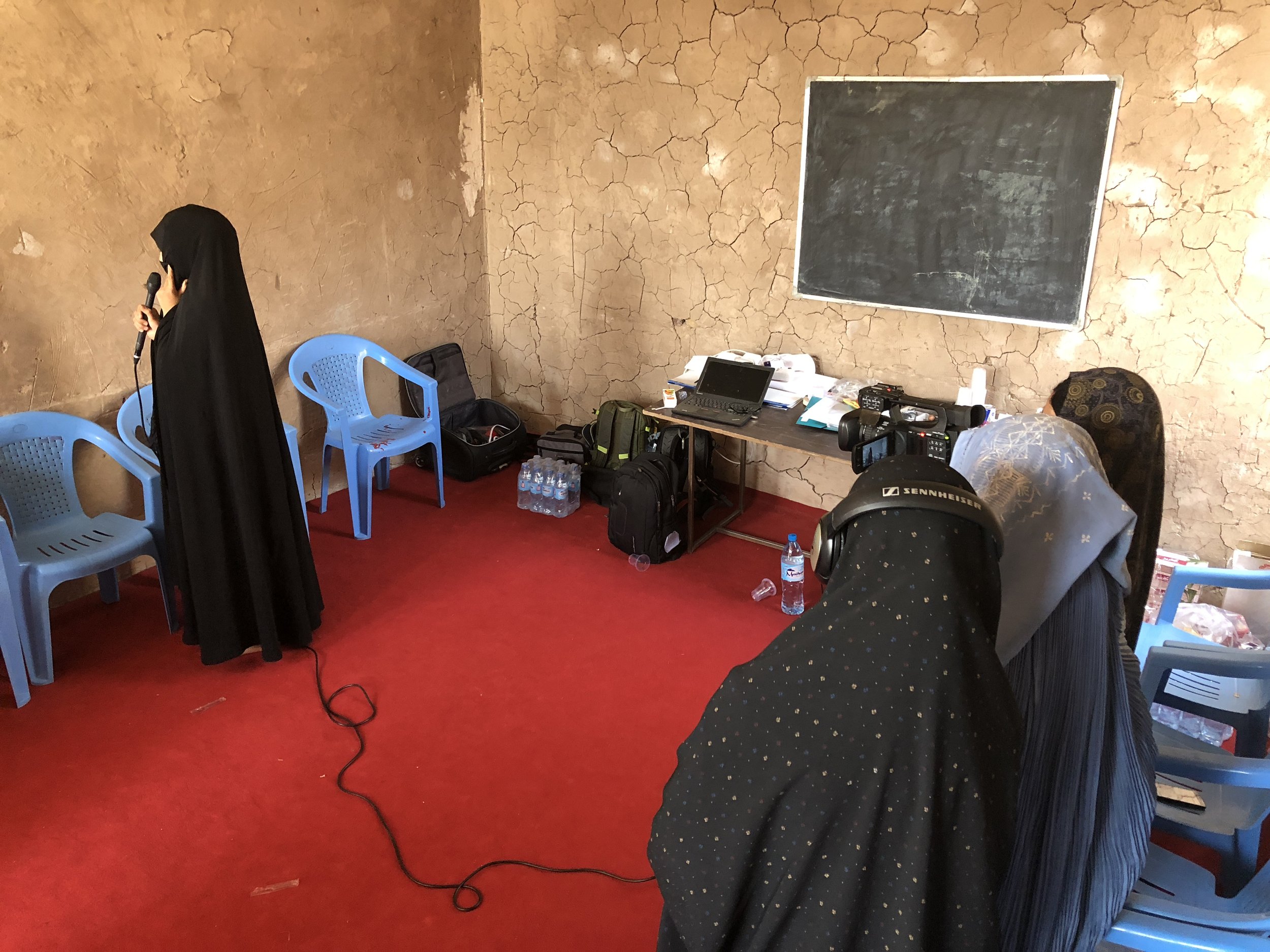
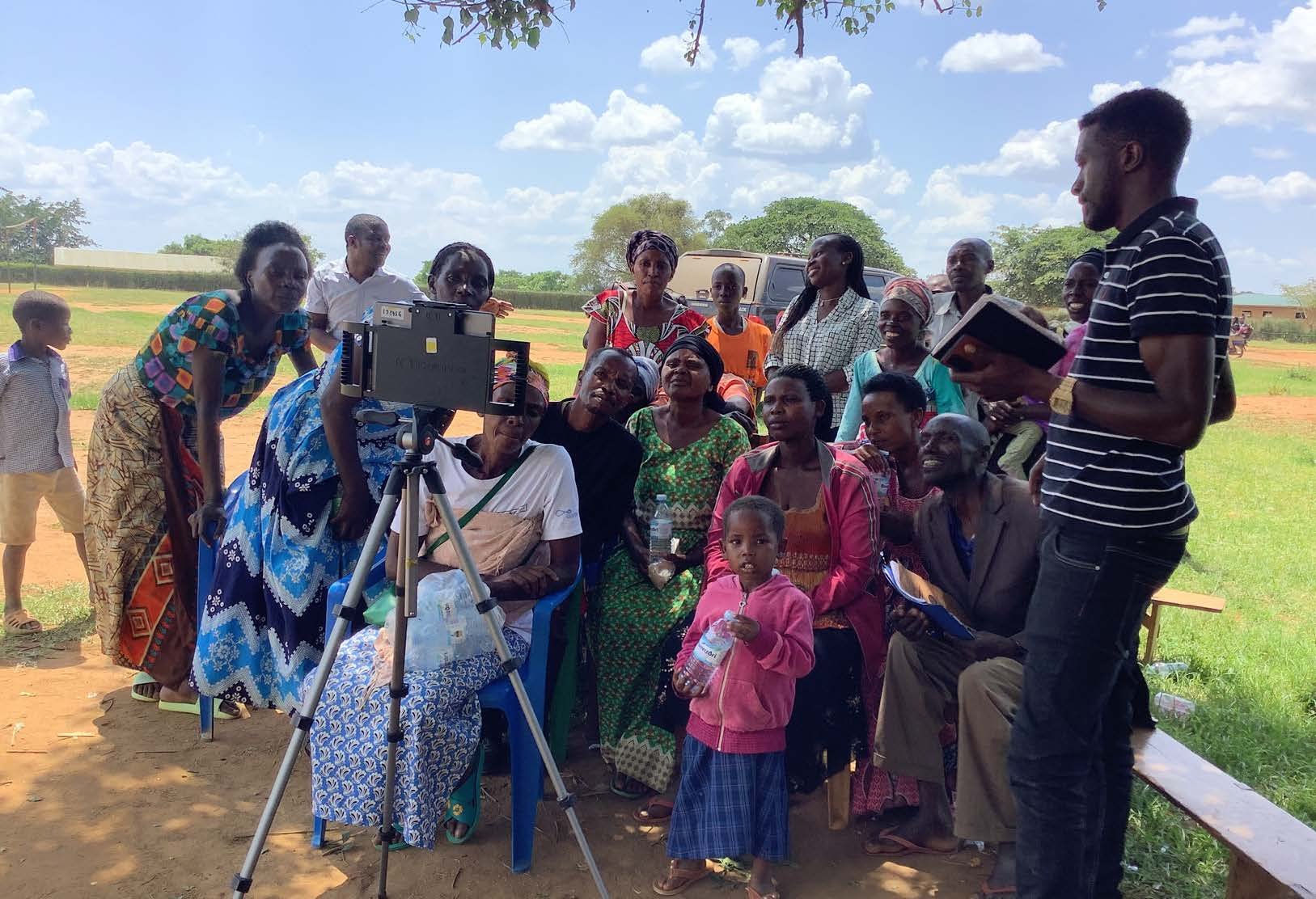
Community documented
Amplifying the voices of the affected community should be a priority in any community engagement and accountability strategy, and self-directed film has a unique ability to embody their lived experiences.
Simple equipment, such as a filming camera and a hand microphone, become key social justice tools, enabling people to speak out with confidence, self-recognition and dignity.
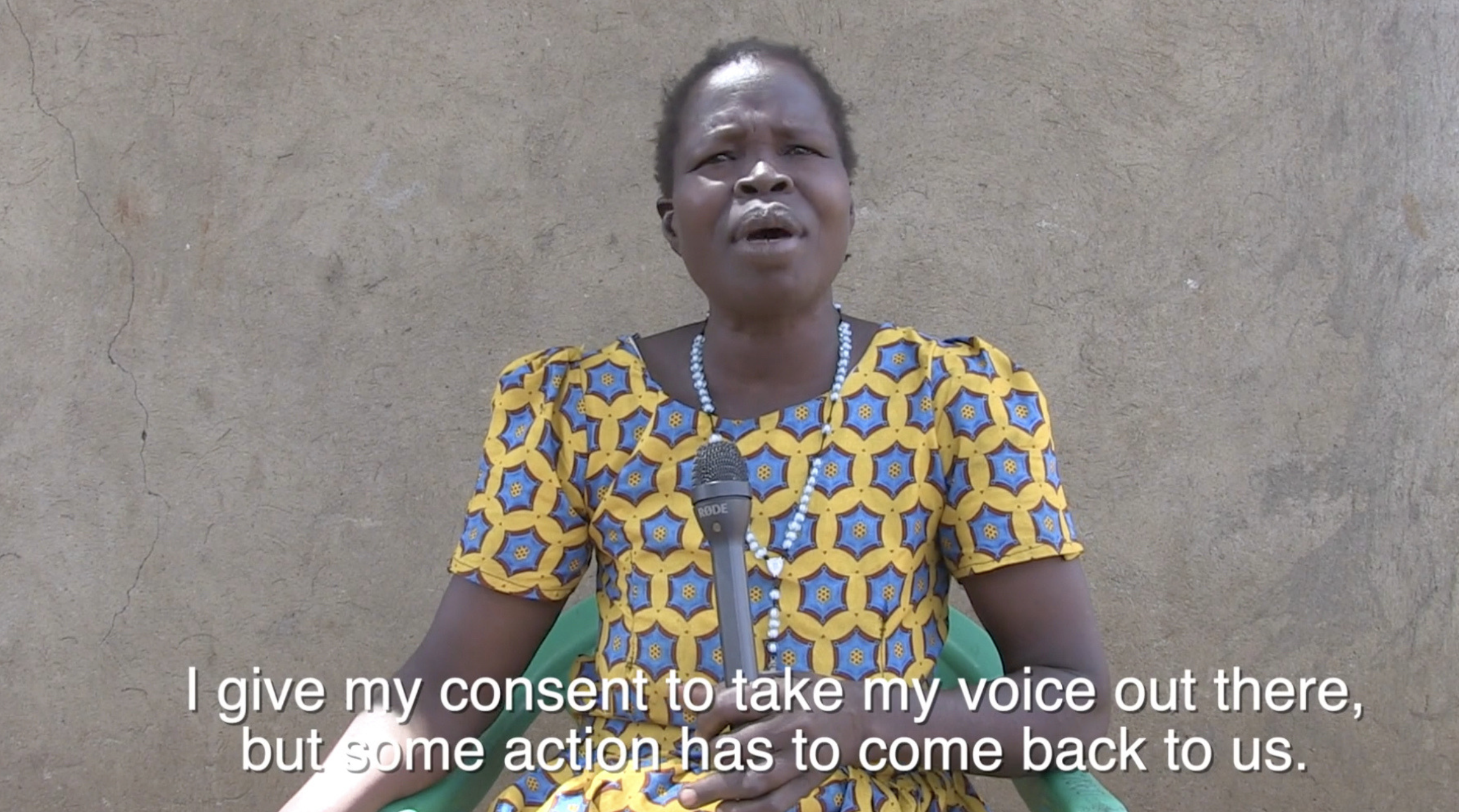

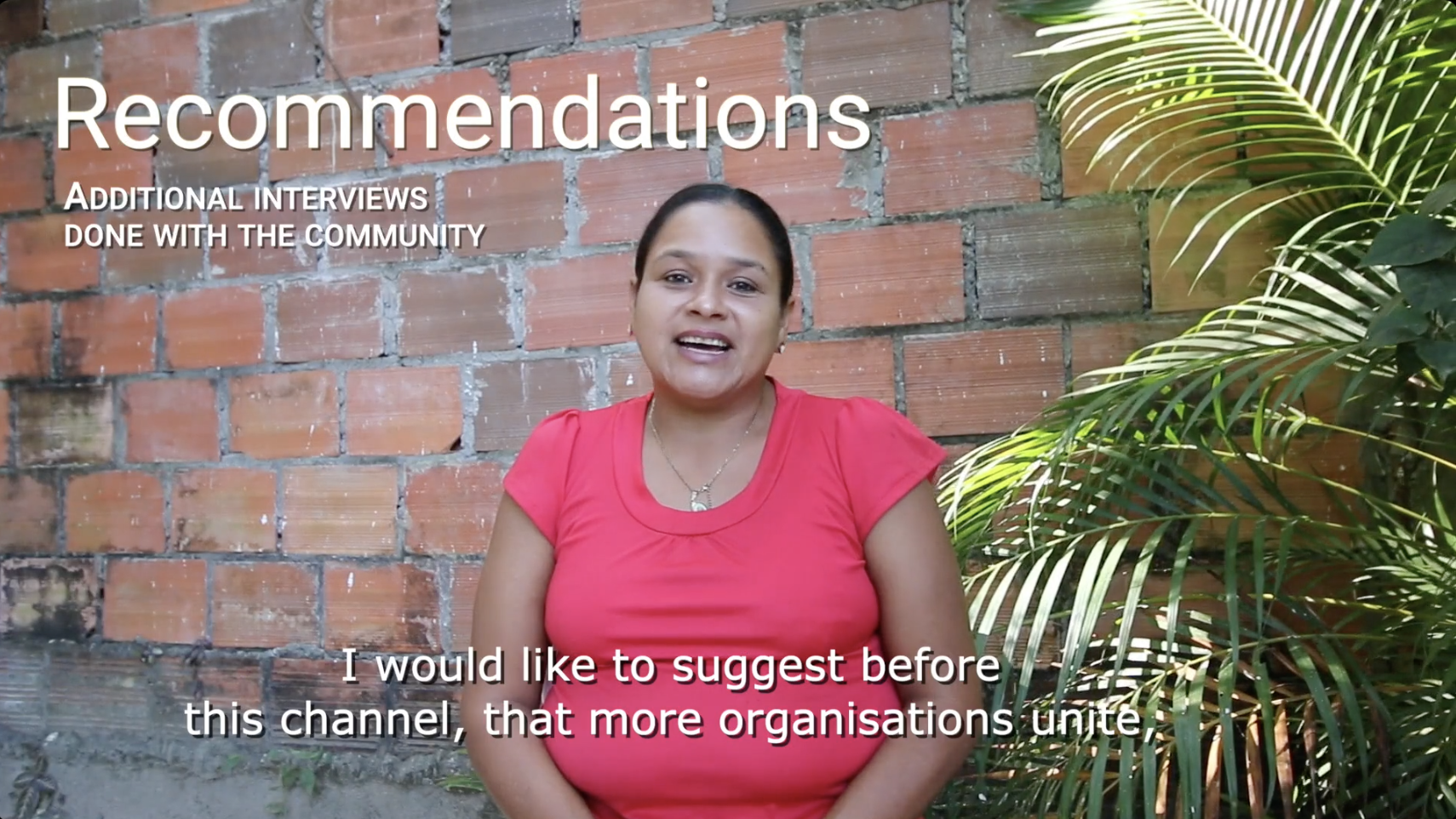
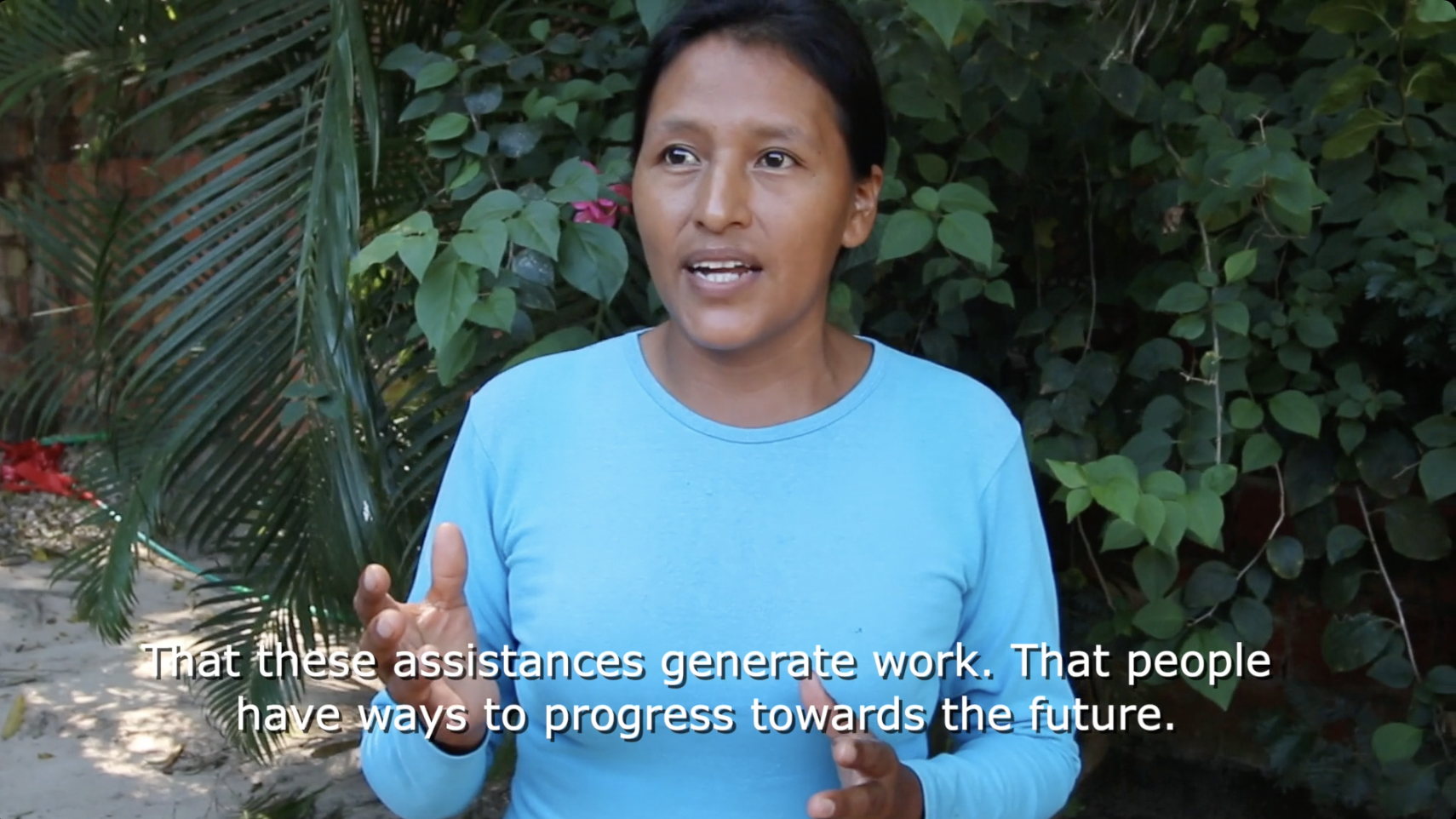
“My feedback, your actions”
Centring communities in the dialogue and listening to their insights is half the equation; to close the loop we must turn their feedback into action. If we don’t feel prepared to truly integrate community feedback into programming, we must interrogate how flexible our systems are to enable course correction. Are we really listening?
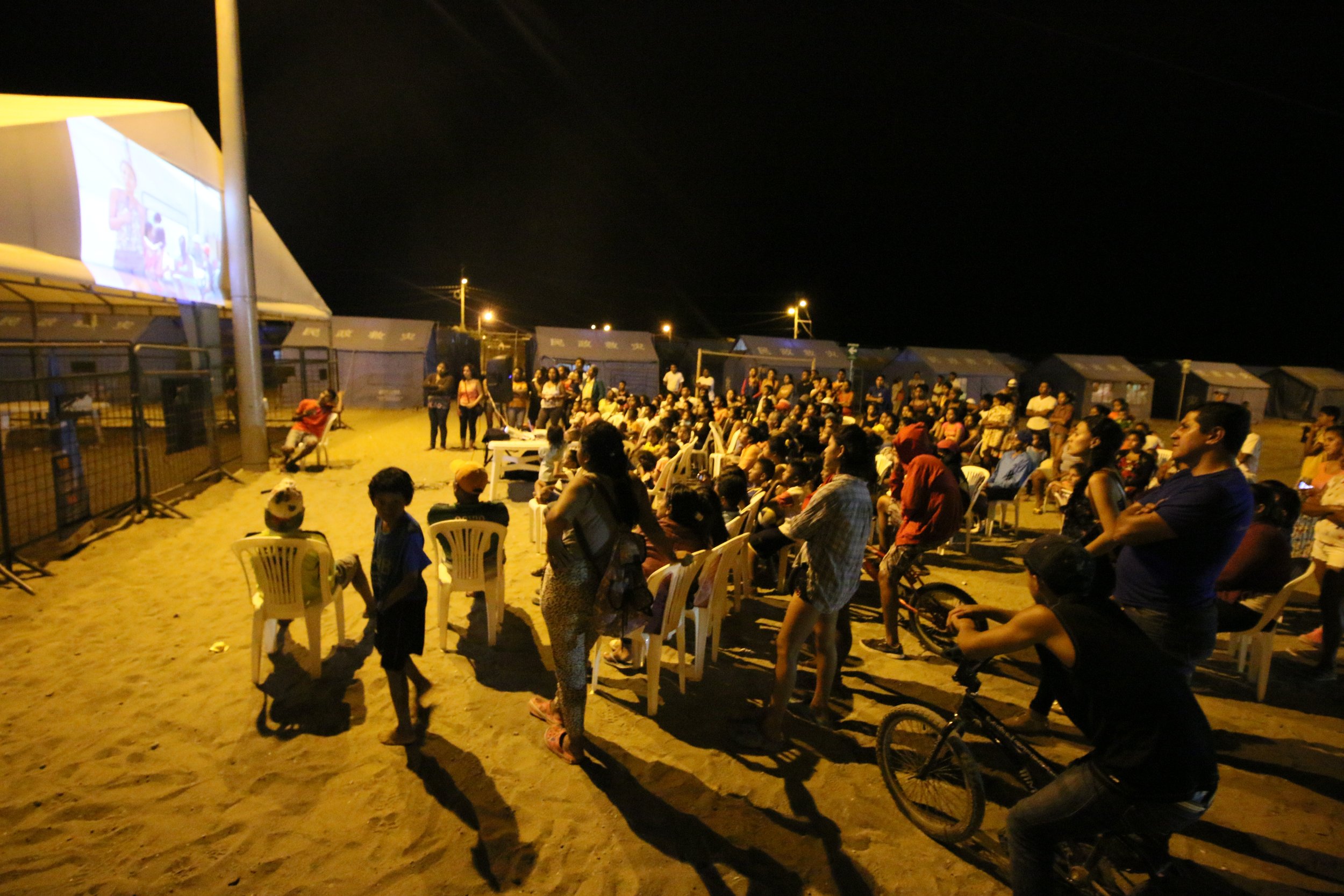
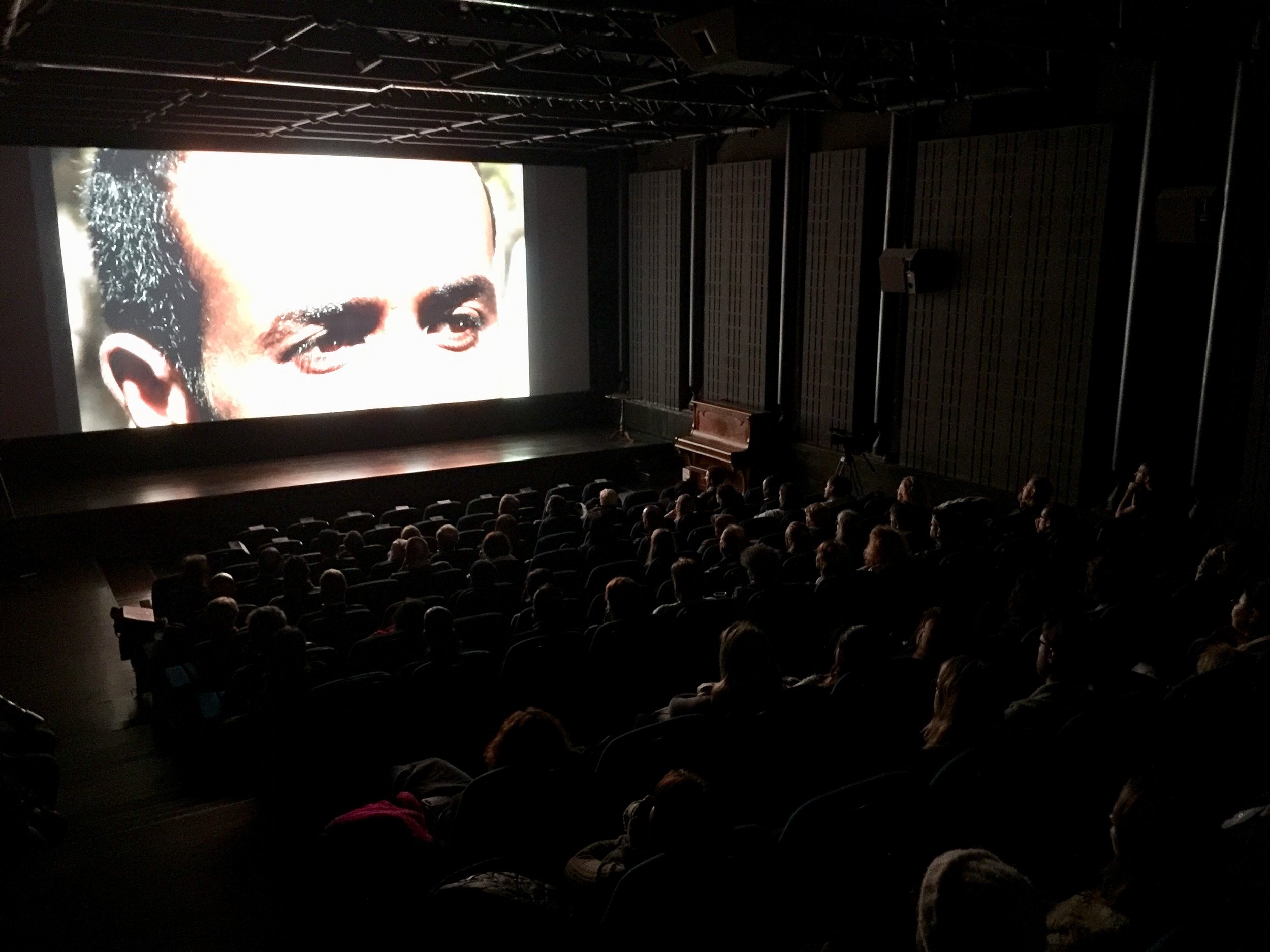
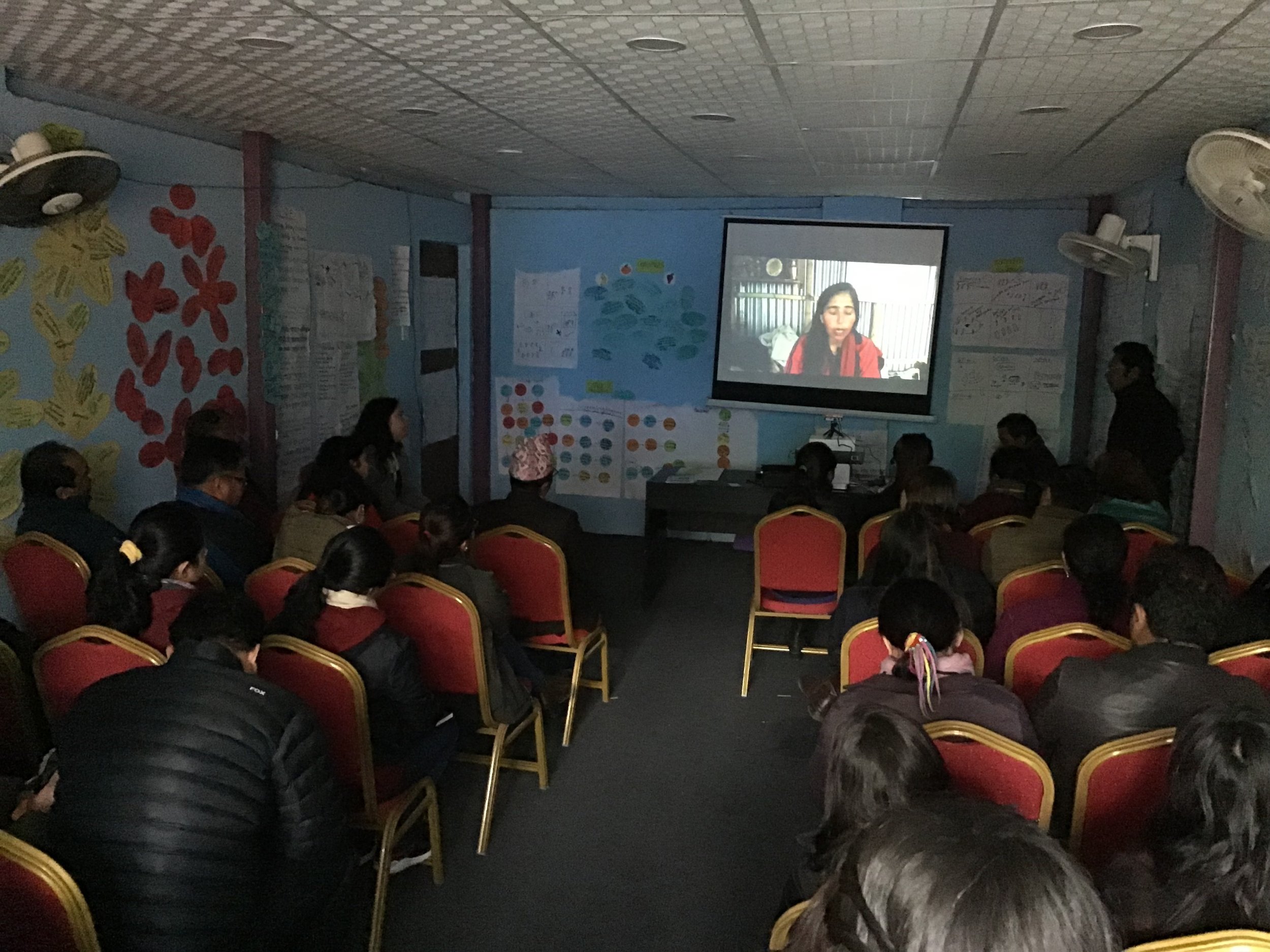

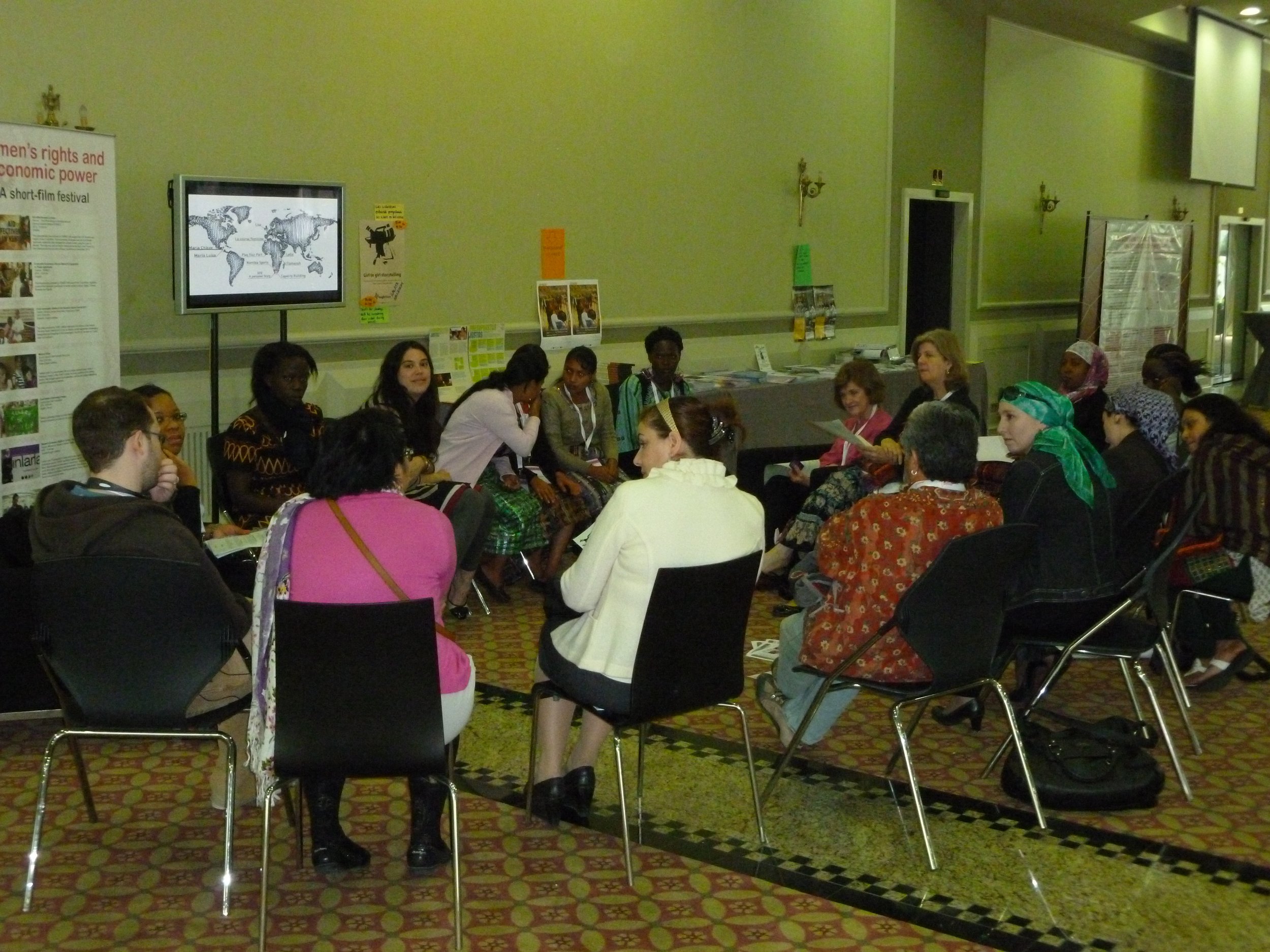
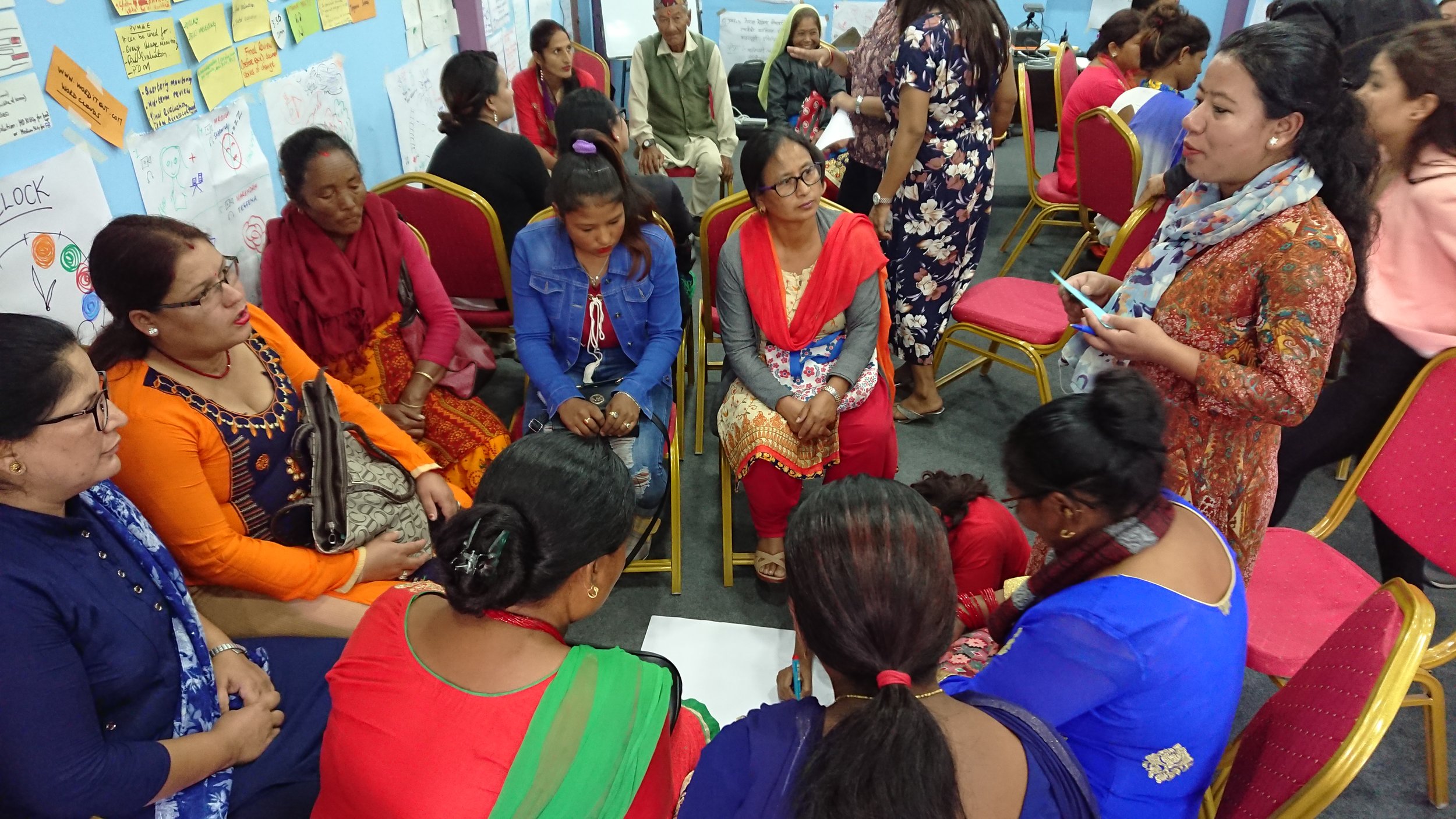
Projecting communities’ voices to influential audiences
Our current times need a more humane approach that goes beyond ‘putting faces to numbers’. Participatory video enables communities to comfortably and safely express their own experiences in their own way and at their own pace. Unlike written reports, film can connect on a deeper emotional level with influential audiences and show a fuller picture.
It also promotes peer-to-peer knowledge-sharing, providing longer-term value for their community while also documenting their feedback.
If you’d like to learn more about PV, contact:
Soledad Muñiz (Director of Programmes at InsightShare): smuniz@insightshare.org
Fernanda Baumhardt (Humanitarian Community Engagement and Accountability Specialist; Member of NORCAP CEA Roster and CDAC Expert Pool): fernanda.baumhardt@mac.com
Photo story prepared with the assistance of Tania Ocampo-Garcia, InsightShare.
